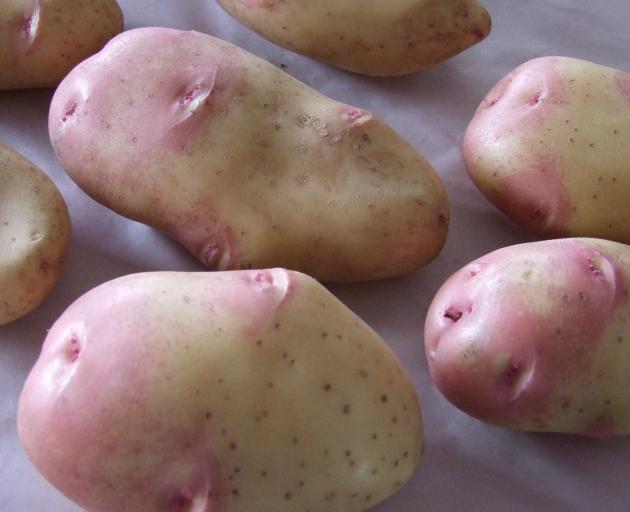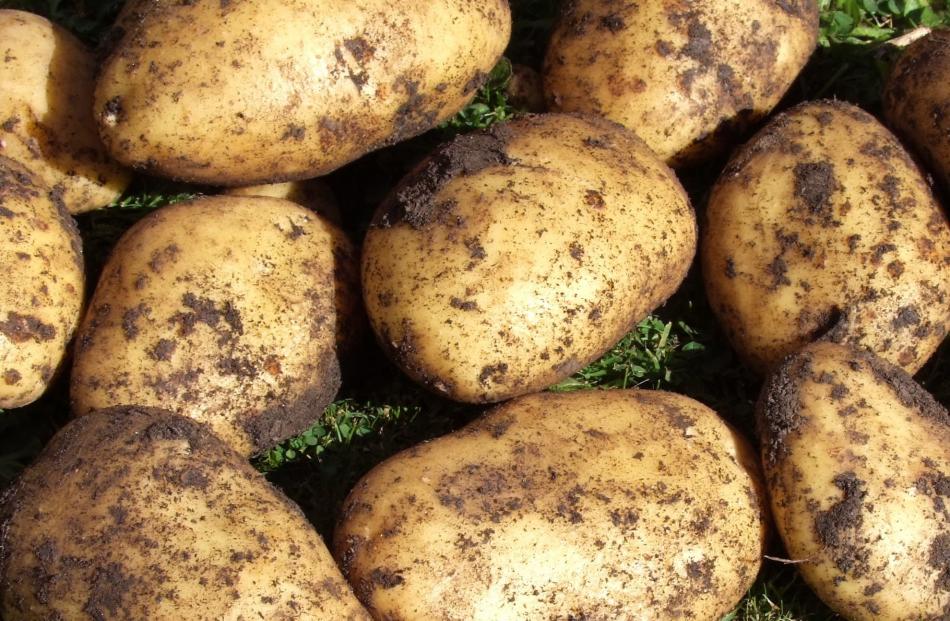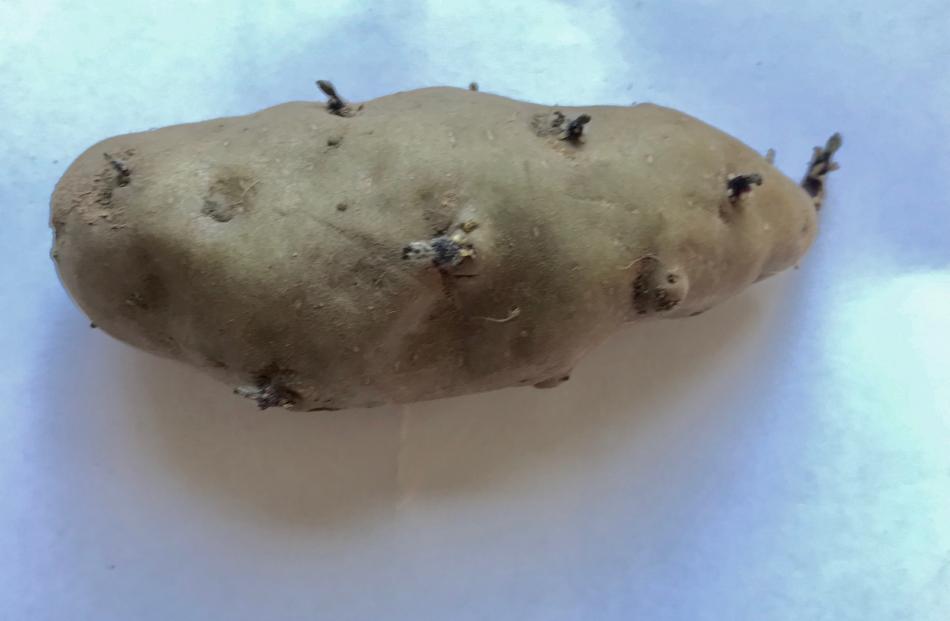Gillian Vine looks at our spud-growing history.
Potatoes, one of the first vegetables brought to New Zealand by Europeans, are now one of our two most popular edibles, vying with tomatoes for top slot.
Captain James Cook gets the credit for the initial introduction, having given potatoes to a chief on the Coromandel in 1769. Then, two years later, French explorer Marion du Fresne established in the Bay of Islands what is believed to have been NZ’s first European garden.
In 1773, during his second voyage, Cook planted gardens at Dusky Sound and around Queen Charlotte Sound but when he returned to Marlborough in 1777, he saw no sign of potatoes, although some other vegetables were growing wild.
By 1810 spuds were being grown on the shores of Foveaux Strait and a little later at the Otago Heads. Later, whalers and sealers planted potatoes on coastal sites to ensure an ongoing food source.
Within a couple of years of the European settlement of Otago, potatoes were a staple crop of home gardens and were being grown on the Taieri in the 1860s in such quantities that they were being “exported” to the West Coast to cater for the goldminers flooding into the province.
At the same time, advertisements offered home gardeners “every description of seed potatoes” as one nursery claimed. The varieties offered make interesting reading, as they are long gone (unless some reader still grows them). They included "Early Kidney", "Early Shaw", "Scotch Grey", "Ashleaf Kidneys", "Browns River", "Red Irish Cup", "Silverskins" and "Fox’s Seedlings".

One survivor is knobby "Pink Fir Apple", a French variety dating from 1850 and back in vogue despite being a pig to peel but you’d be lucky now to find "King Edward", introduced to NZ in 1915 and a staple for more than 60 years. It has been replaced by "Red King".
On the way out is another old favourite, "Arran Banner", bred in Scotland in 1934. Seed potato distributor Morton Smith-Dawe has been unable to source it this year, so if you’ve still got a few, do plant them to keep this great spud going.
Many new varieties have been bred in NZ over the years. Most, like "Dreadnought", "Southern Cross" and "Wha", are now dim memories but "Ilam Hardy" (1951) and "Rua" (1960) are still around, while "Karaka" and "Moonlight" are from more recent Kiwi breeding, as is the first-class all-rounder, red "Van Rosa", a "Desiree" selection.
Rather special is "Purple Heart", bred by Plant and Food Research in Christchurch and released in 2009. It is the successful result of efforts to bring the hardiness of Māori potatoes into European-style tubers.
October is main-crop planting month. Most popular is white Dutch "Agria", while "Haylo" is a newer variety said to be good as either an early or main-crop potato.
"Moonlight", "Ilam Hardy", "Rua" and "Karaka" are also white-skinned varieties suitable for planting now.
For red skins, "Van Rosa", "Red King", "Red Rascal" and "Desiree" are well-regarded, while "Heather", "Purple Heart" and "Purple Passion" have purple skins.
Seed potatoes are sold in packs of five or 10, in 1kg, 1.5kg, 3kg and 5kg bags.

Choose egg-sized tubers, ideally with two “eyes” or stubby sprouts.
They will grow in any ground and are useful for breaking in a new plot but if you can, plant them in rich, fairly loose soil to which potato fertiliser has been added.
Potatoes even can be grown in soil to which fairly fresh manure has been added and although the skins are likely to be scabby, they’re perfectly OK to eat.
Keep rows moist but not soggy over the growing season and mound up the soil as the crop grows or potatoes will be green and inedible.
With Labour Weekend coming up, now is the time to buy seed potatoes and get them ready by setting out in a warm dry place to develop those important little shoots, a process known as chitting.
Put in now some of the faster-growing varieties, ready in as little as 60 days, and you’ll have new potatoes for Christmas dinner.
















